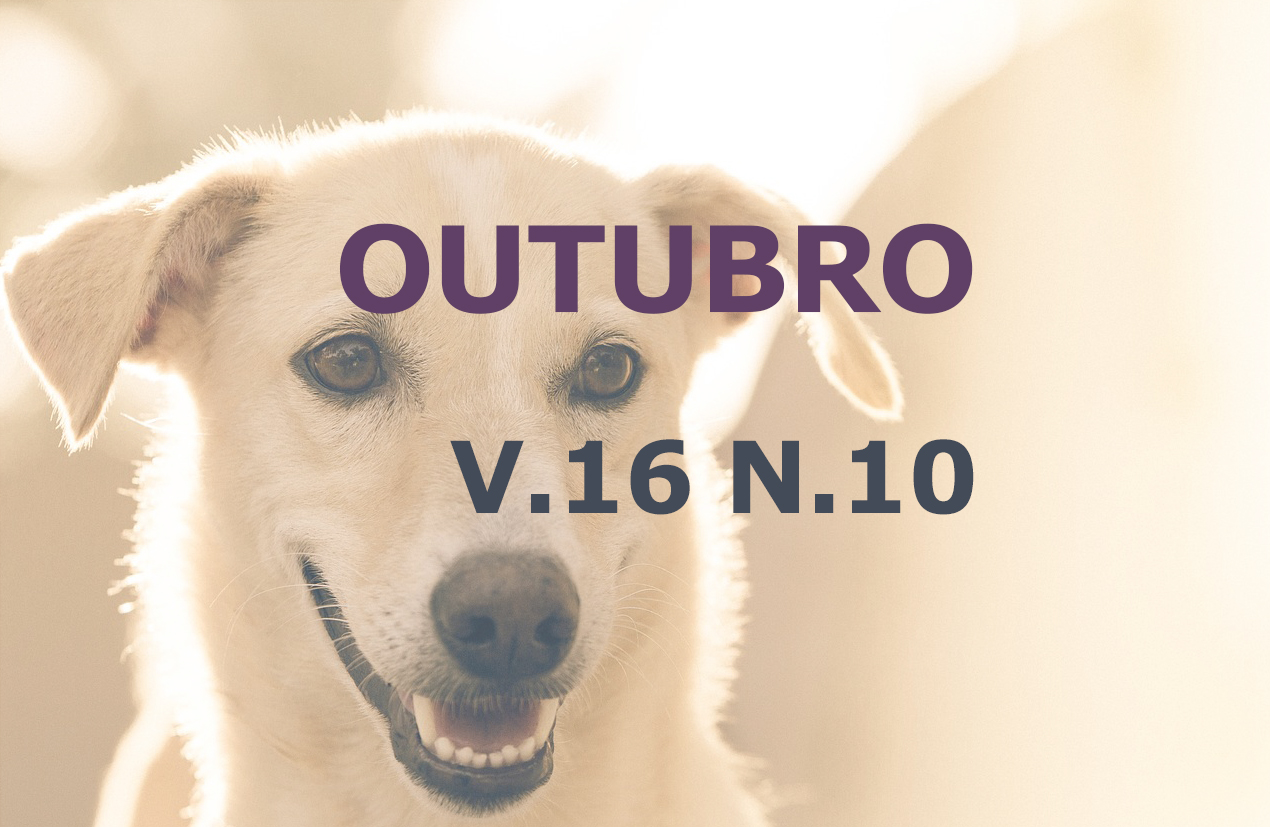Utilização de plasma rico em plaquetas bovino em leitões após o processo de castração cirúrgica
DOI:
https://doi.org/10.31533/pubvet.v16n10a1239.1-6Palavras-chave:
Concentrado plaquetário, heterólogo, inflamação, reparação tecidualResumo
. O plasma rico em plaquetas (PRP) é um concentrado plaquetário obtido a partir da centrifugação do sangue total, amplamente utilizado na medicina humana e veterinária por possuir fatores de crescimento que potencializem o processo de reparação tecidual. O PRP de origem autóloga é o mais utilizado na rotina, no entanto, a impossibilidade de se obter sangue autólogo deve ser considerada, procedendo com um PRP de origem homóloga ou heteróloga. Para avaliar a eficiência do PRP heterólogo na cicatrização de lesões e possíveis reações causadas pela aplicação, 24 leitões foram submetidos ao processo de castração cirúrgica e divididos em dois grupos, sendo G1 o grupo controle e G2 o grupo que recebeu a aplicação tópica de PRP heterólogo no local da incisão. Para obtenção do PRP foram utilizadas amostras de sangue bovinas que foram processadas seguindo um protocolo de centrifugação dupla. As feridas foram avaliadas por 3 dias e não apresentaram diferença para princípio de infecção, edema, vermelhidão, formação de crosta e regularidade de borda. A presença de prurido foi mais significativa no primeiro dia de infecção, podendo estar relacionada ao PRP heterólogo. Assim, concluiu-se que os sinais avaliados são compatíveis com a cicatrização fisiológica das lesões, não sendo observadas reações adversas.
Downloads
Publicado
Edição
Seção
Licença
Copyright (c) 2022 Fernanda Vieira Faria Bastos, Pricilla Pozzatti, Erica Perez Marson Bako, Carlos Eduardo Nogueira Martins

Este trabalho está licenciado sob uma licença Creative Commons Attribution 4.0 International License.
Você tem o direito de:
Compartilhar — copiar e redistribuir o material em qualquer suporte ou formato
Adaptar — remixar, transformar, e criar a partir do material para qualquer fim, mesmo que comercial.
O licenciante não pode revogar estes direitos desde que você respeite os termos da licença. De acordo com os termos seguintes:
Atribuição
— Você deve dar o crédito apropriado, prover um link para a licença e indicar se mudanças foram feitas. Você deve fazê-lo em qualquer circunstância razoável, mas de nenhuma maneira que sugira que o licenciante apoia você ou o seu uso. Sem restrições adicionais
— Você não pode aplicar termos jurídicos ou medidas de caráter tecnológico que restrinjam legalmente outros de fazerem algo que a licença permita.





